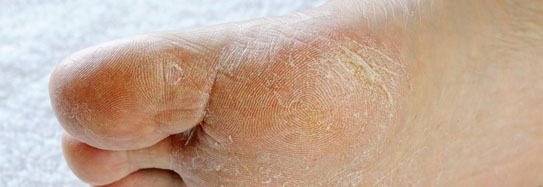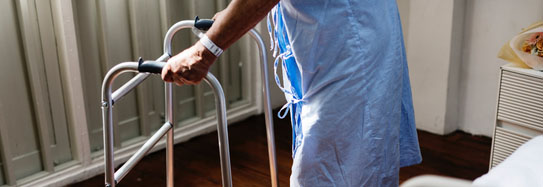Long-term care is an umbrella term for facilities or services that provide care to patients or clients for more than a few months. Long-term care can be temporary, permanent, or even hospice. The care can be for either medical or rehabilitation purposes. Long-term care can also refer to a residential setting with varying levels of assistance. The sizes of long-term care facilities vary according to their purpose, their clientele, and their location.
There are some risks associated with living in a long-term care facility, and importantly, increased risk of infection, which could lead to sepsis.
Sepsis is a life-threatening emergency that happens when your body’s response to an infection damages vital organs and, often, causes death. Like strokes or heart attacks, sepsis is a medical emergency that requires rapid diagnosis and treatment.
Suggested Citation:
Sepsis Alliance. Sepsis and Long-Term Care. 2024. https://www.sepsis.org/sepsisand/sepsis-long-term-care/
Updated February 16, 2024.















































